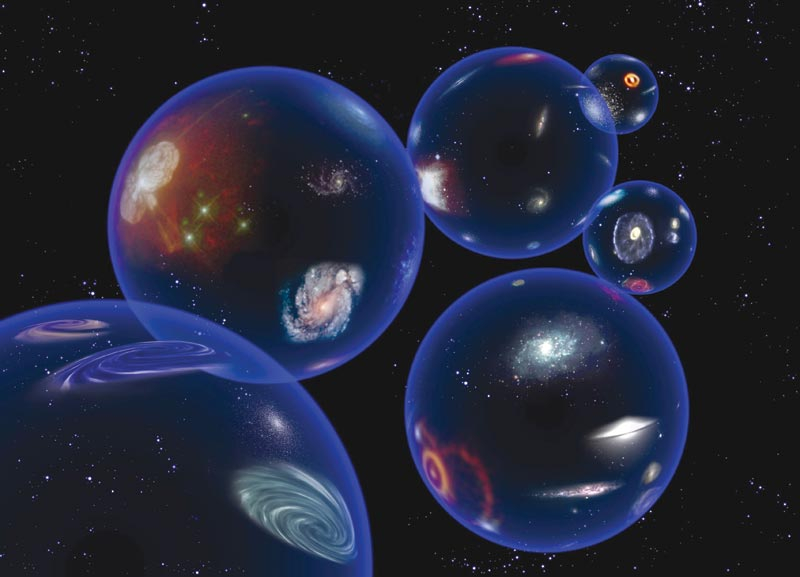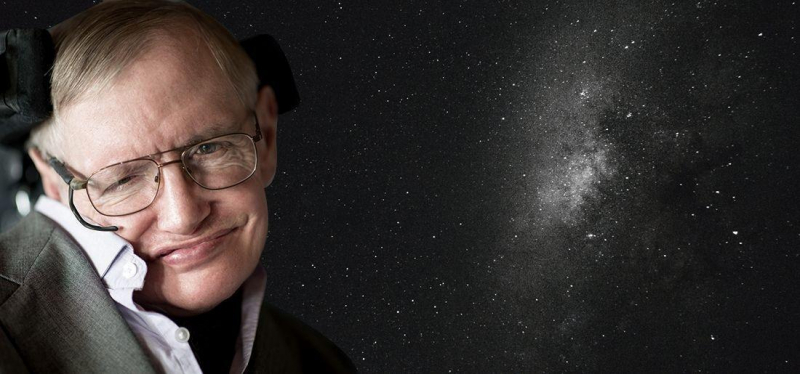With Thomas Hertog, He Proposed A Theory Of “Top-Down Cosmology”
Top-down cosmology is a proposal to consider the various potential past histories of a given event to have genuine reality in theoretical physics. The concept of multiple histories has been applied to cosmology in a theoretical interpretation that holds that there are numerous conceivable cosmologies for the universe and that it is rational to extrapolate from the universe's present condition to a quantum superposition of potential cosmic histories. Stephen Hawking has claimed that a single cosmic history is prohibited by the laws of quantum mechanics and has put forth cosmological theories in which the absence of a past boundary condition inevitably results in numerous histories.
Thomas Hertog and Hawking claim that "The top-down strategy we have presented results in a fundamentally different understanding of cosmology and the causal relationship. In top-down cosmology, histories are effectively traced backward from a surface that resembles space at the present. Contrary to the widely held belief that the cosmos has a distinct, observer-independent history, the boundary histories of the universe thus rely on what is being observed."
Stephen Hawking and Thomas Hertog of CERN put up the "top-down cosmology" idea in 2006. It suggested that the cosmos contained a superposition of various potential initial circumstances rather than a single initial state that was unique. Therefore, a bottom-up model is impossible because we don't know what the universe's original conditions were. Since we are currently in the final state of the universe, this leaves only a top-down strategy as a possibility. Due to its compatibility with the well-known string theory, the theory gained popularity.











